Check out who is the One Piece’s deuteragonist. The series defies anime norms by focusing on different characters per arc.
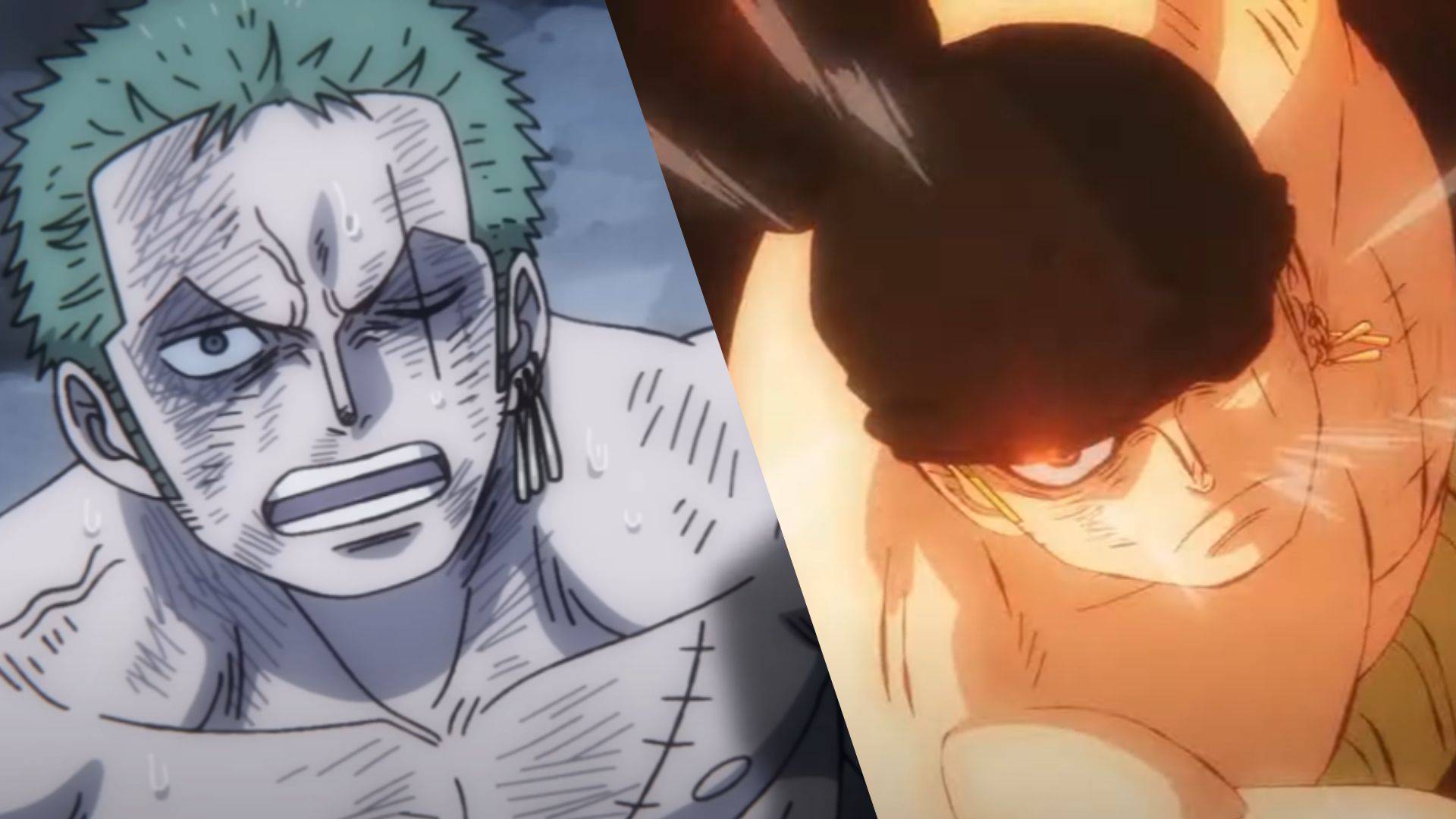
The question of One Piece’s deuteragonist has sparked endless debates within the fandom, but the answer might be simpler than expected. One Piece breaks from the traditional anime structure by not having a true deuteragonist at all.
The answer to the question, does One Piece have a Deuteragonist, is simply no. However, Roronoa Zoro is often considered the most likely candidate for One Piece’s deuteragonist. The series actually operates with a fluid narrative structure where different characters take the secondary lead role depending on the story arc. For instance, even though Zoro might seem to be the second most important character throughout much of the series, Sanji clearly takes this position during the Whole Cake Island arc.
Who is a Deuteragonist?
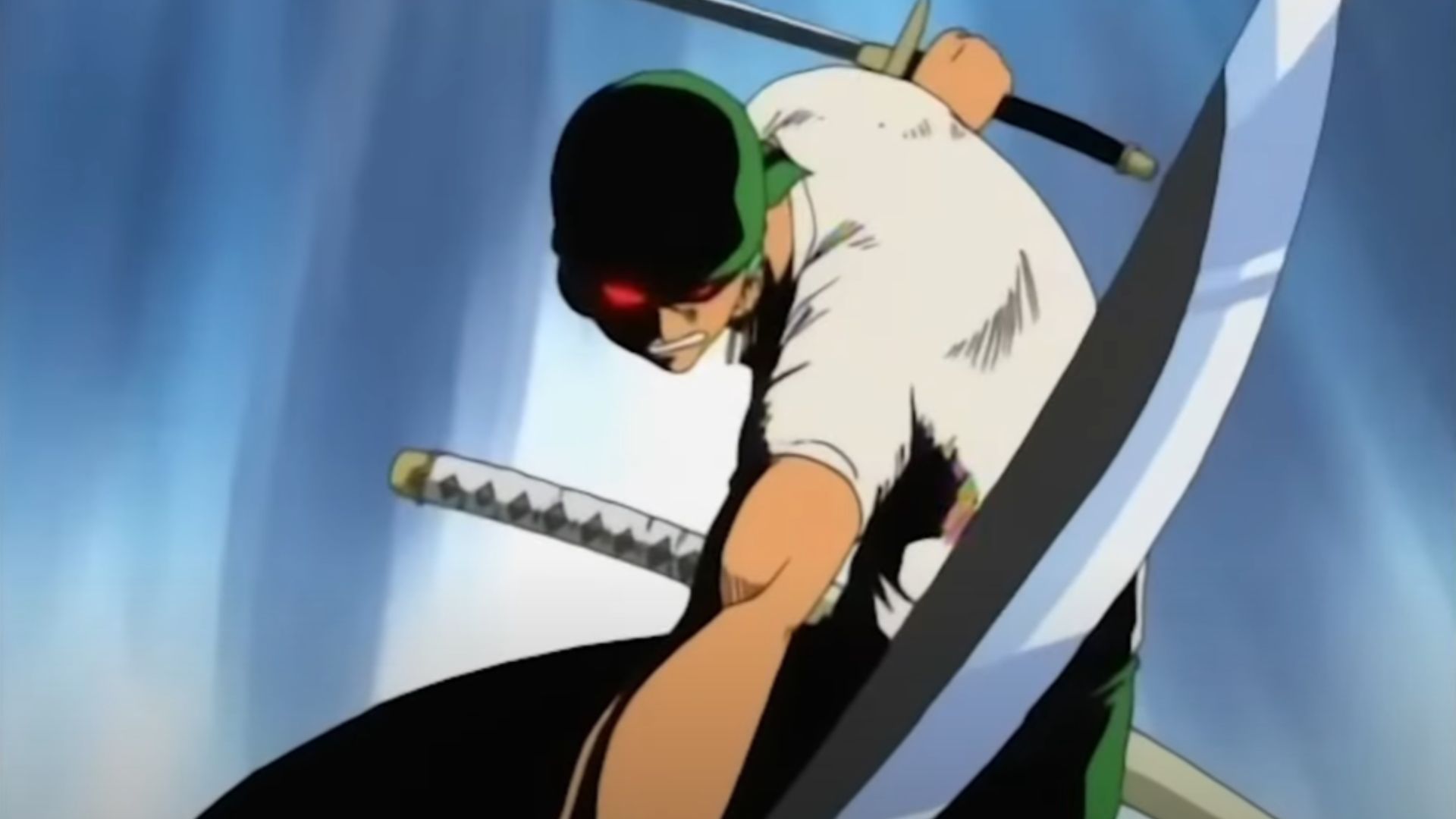
In anime storytelling, a deuteragonist is the second most important character after the protagonist, maintaining this position consistently throughout the series. Classic examples include Vegeta from Dragon Ball and Sasuke from Naruto—characters who consistently drive the narrative forward alongside the protagonist across all major story arcs. These characters typically share similar power levels with the protagonist and either serve as the greatest rival or closest ally.
The key characteristics of a deuteragonist include consistent story relevance and rival-level importance to the protagonist. They usually receive significant character development, backstory exploration, and pivotal moments that rival the protagonist’s in importance. Additionally, deuteragonists often represent contrasting ideologies or approaches to the protagonist while pursuing similar goals.
However, One Piece deliberately subverts these conventions by rotating narrative focus among its ensemble cast. While other series maintain a clear protagonist-deuteragonist dynamic throughout their run, One Piece distributes important character moments and story arcs across multiple crew members.
Zoro’s Early Role in One Piece
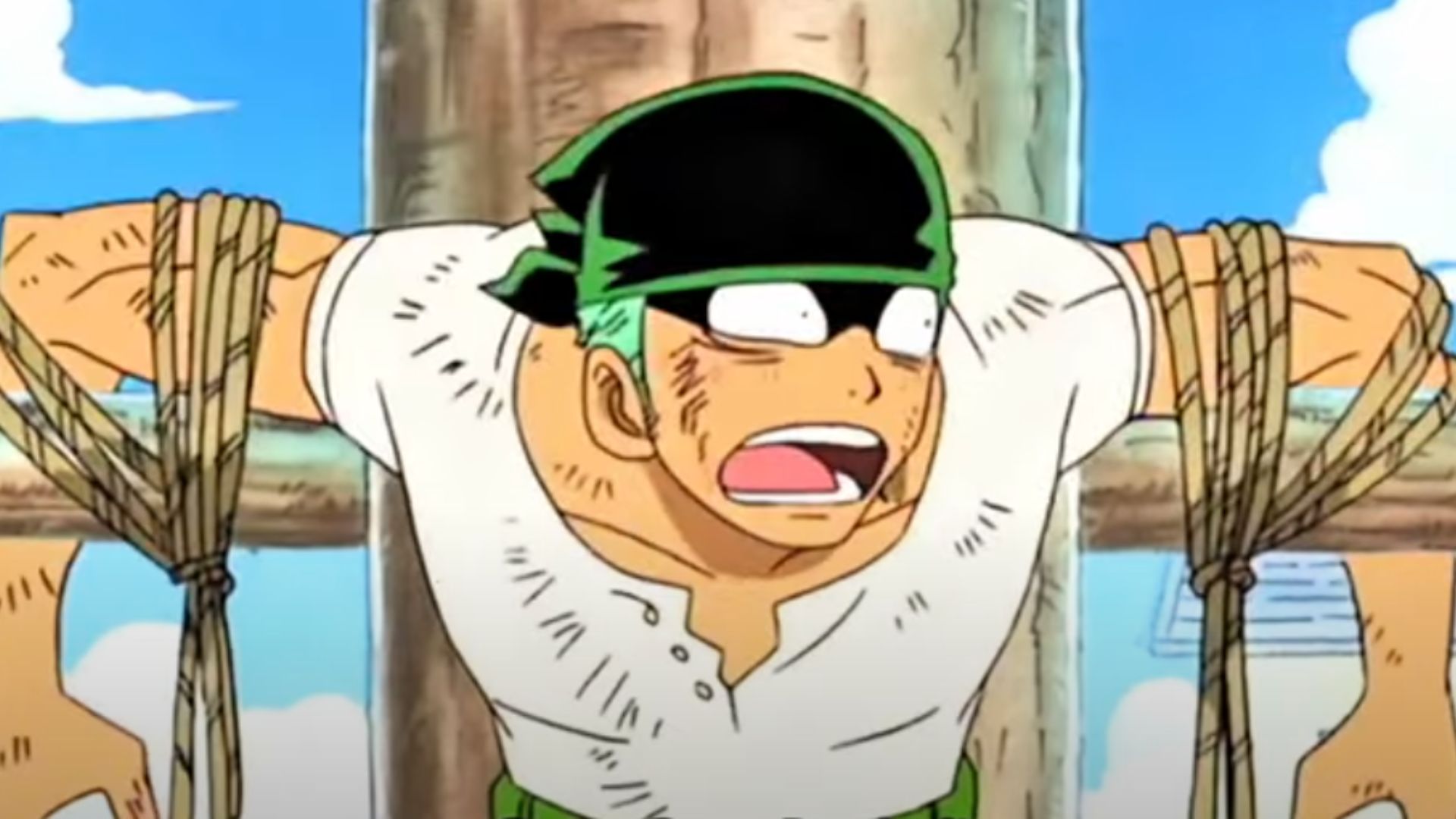
When One Piece began in the East Blue Saga, Zoro’s introduction and early characterization seemed to follow traditional deuteragonist patterns. As the first crew member to join Luffy, his serious demeanor provided a perfect contrast to Luffy’s playful nature, and his strength nearly matched his captain’s. The memorable Whiskey Peak incident, where Zoro and Luffy fought as equals, particularly emphasized this dynamic.
Still, this initial positioning evolved as the series progressed. While Zoro maintained his role as a powerful combatant and loyal crew member, the series began expanding its focus to other characters. The Arlong Park arc highlighted Nami’s importance, and the Alabasta arc showcased Vivi’s central role. Rather than focusing on Zoro as a deuteragonist, these early episodes laid the groundwork for One Piece’s unique ensemble storytelling approach.
Eiichiro Oda’s Statement About One Piece’s Deuteragonist
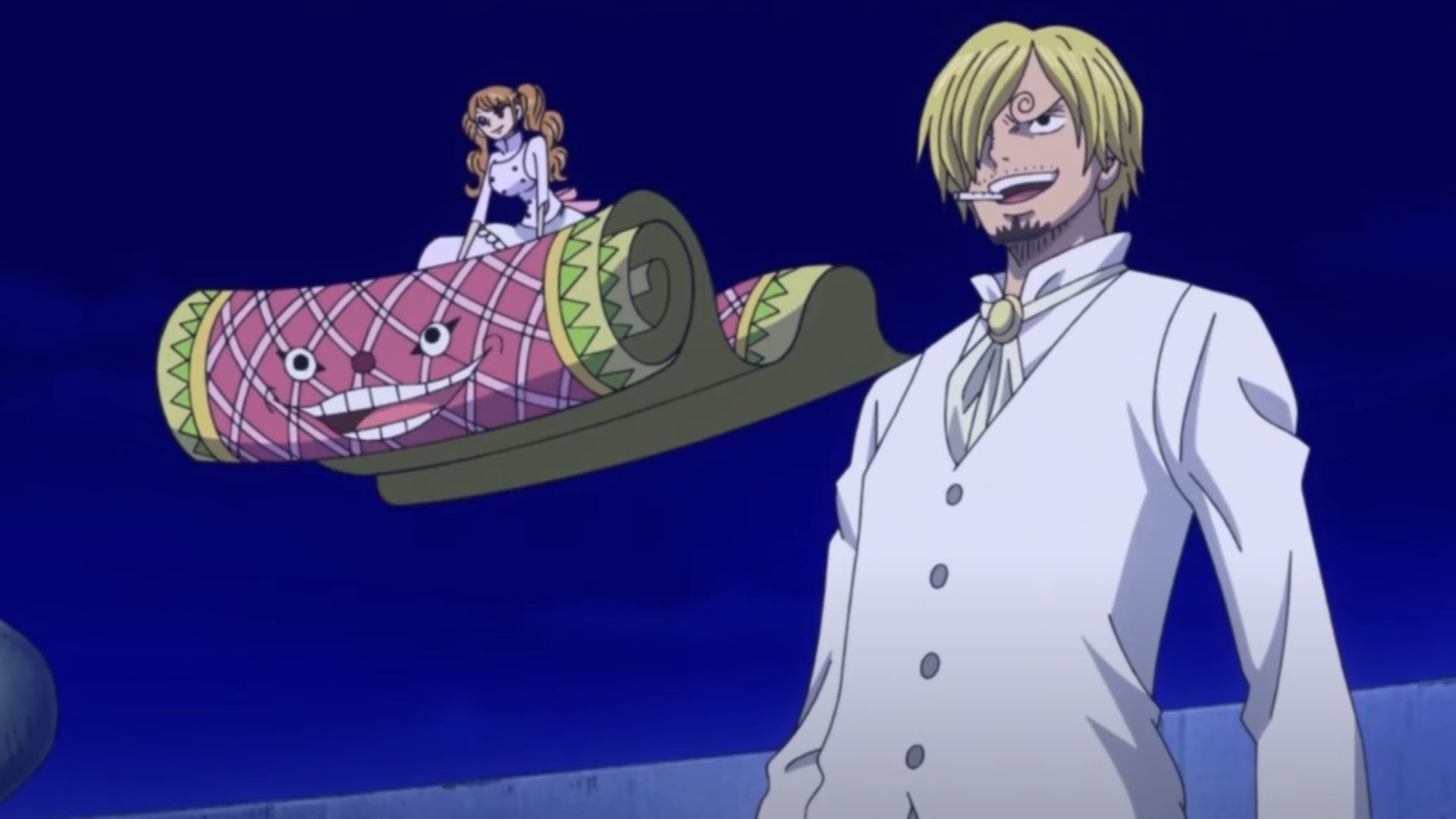
While Eiichiro Oda has mentioned that he created Zoro inspired by Ryuma as a “second main character,” his actual storytelling choices reveal a more complex approach. Oda explained that he wanted a strong character like Ryuma to help make the series popular, but this does not necessarily translate to a deuteragonist role.
Instead, Oda’s writing demonstrates a commitment to developing multiple strong characters who can carry major story arcs. The mangaka’s approach allows different characters to step into the spotlight when their narratives become central to the plot. This decision has enabled richer storytelling opportunities and deeper character development across the entire crew.
Evolution of Zoro’s Character as One Piece’s Deuteragonist
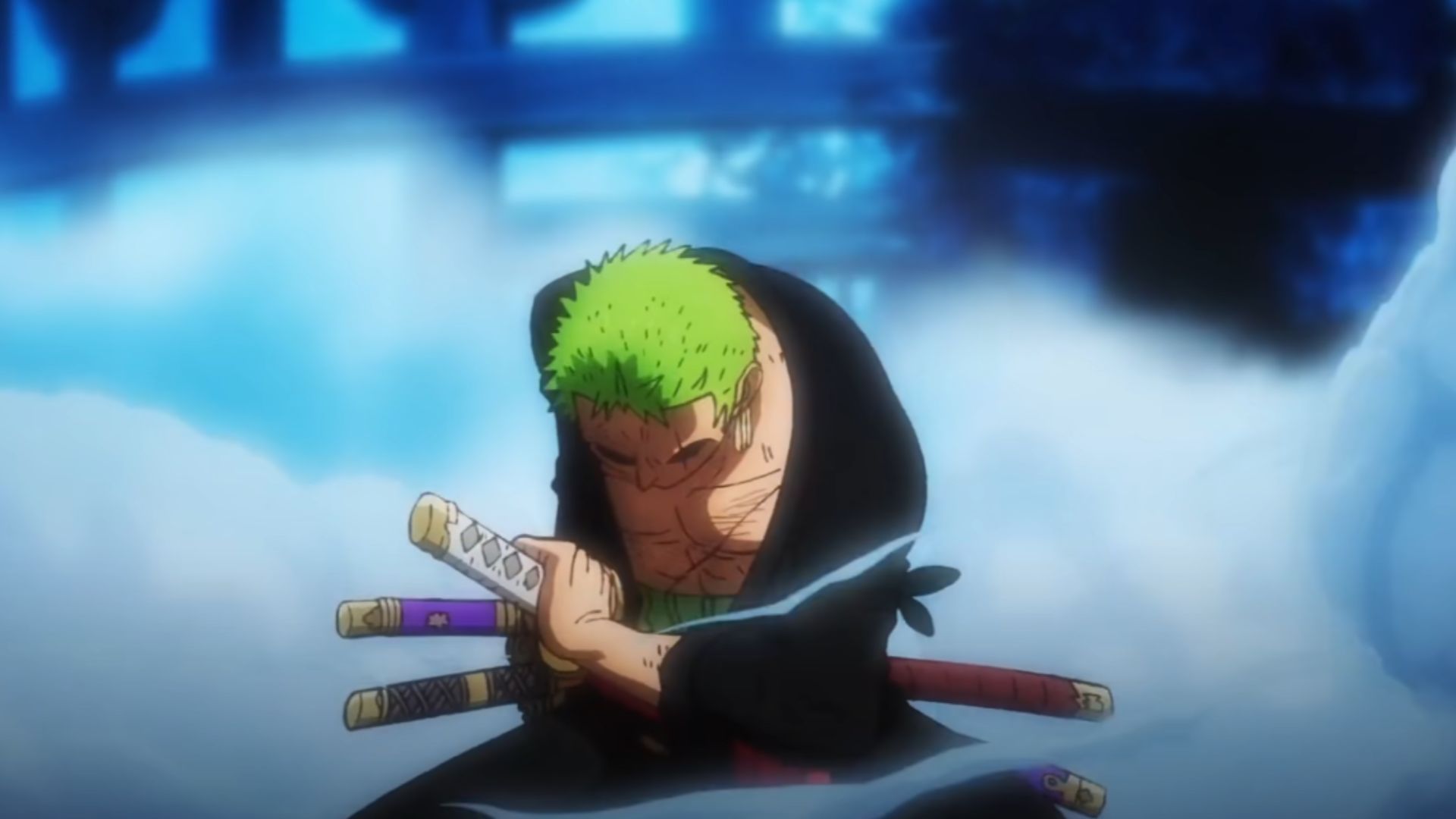
Roronoa Zoro often appears to take on deuteragonist-like qualities throughout the series. His prominence fluctuates depending on the arc. His first appearance as Luffy’s initial crew member and his consistent position as the right-hand man of the Straw Hat Pirates have given him significant narrative weight.
Key moments like his sacrifice at Thriller Bark and his training with Mihawk during the time skip showcasing his importance to the story. The Wano arc particularly highlighted his importance, featuring his growth with the Enma katana and his battle against King.
However, his occasional absences from some major arcs and storylines (like the Whole Cake Island arc) demonstrate that he doesn’t consistently fulfill the role of a deuteragonist. His character development, while substantial, operates independently of any need to fulfill a secondary protagonist position, allowing him to serve the story’s needs without being confined to a fixed narrative role.
Other Characters as One Piece’s Deuteragonist
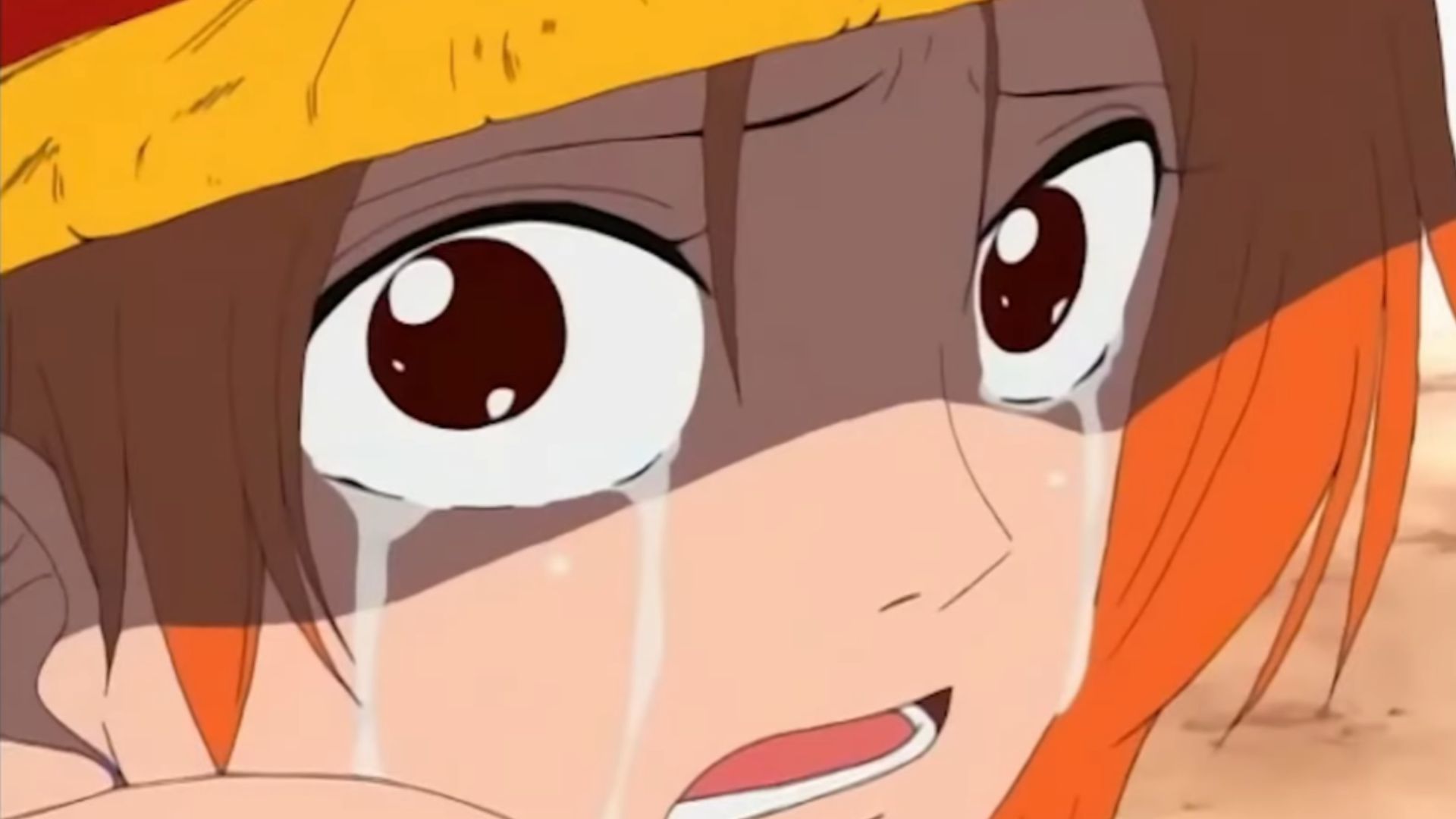
One Piece demonstrates a masterclass approach to character focus by distributing significant narrative weight among various crew members and allies throughout its extensive run. This dynamic storytelling approach is evident in how different characters step into prominent roles depending on the arc’s theme and requirements.
Sanji’s complex family dynamics and personal struggles took center stage during the Whole Cake Island arc. It effectively positioned him as the secondary focus alongside Luffy. Similarly, Nami’s traumatic past and journey to freedom dominated the Arlong Park Saga, making her story the emotional part of the narrative. The series further expanded this approach during the Punk Hazard and Dressrosa arcs, where Trafalgar Law’s quest for vengeance against Doflamingo intertwined with the main plot.
Perhaps most notably, Portgas D. Ace’s story became the driving force behind the Marineford arc, temporarily elevating him to a position of crucial narrative importance. This rotating spotlight ensures that each character receives dedicated development.
Conclusion
Rather than adhering to a fixed deuteragonist model, One Piece employs a fluid system where different characters rise to prominence as the story demands. While Zoro frequently embodies deuteragonist-like qualities through his position as the first crew member, the series’ flexible narrative framework enables multiple characters to share significant story focus across various arcs.
The result is a story that feels more organic and true to life, where multiple characters can shine without diminishing the central role of the protagonist or forcing any character into a rigid secondary position.
Looking For More?
Thank you for reading the article. We provide the latest news and create guides for Baldur’s Gate 3, Starfield, ARK Survival Ascended, and more. Also, watch Deltia play games on Twitch or visit his YouTube channel!
 Reddit
Reddit
 Email
Email


